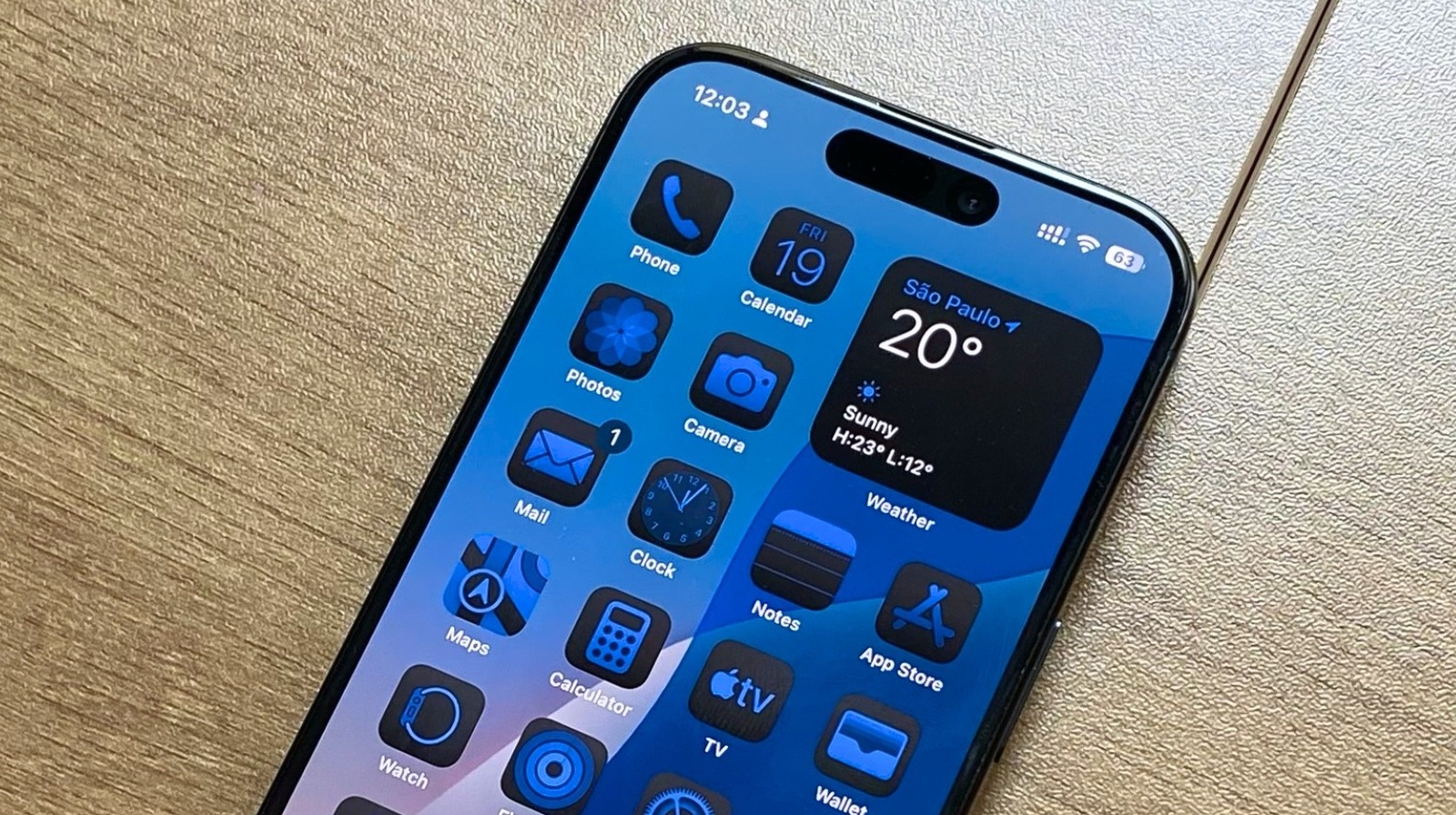Art restaurateurs are dedicated to return to a state as close to the original of damaged arts. They do it through a thorough process, and in many cases manual, which goes through identifying in the first place the areas spoiled by the passage of time or the action of various external elements, and returning them to their original state applying different techniques, which have evolved throughout the times. The Total process duration It usually depends on how damaged the work and the techniques used, and You can go from a few weeks to exceed ten years of works. LYou can shorten it.
All thanks to a technique supported by AI who have developed a team of MIT researchers (Massachusetts Institute of Technology) of the United States, which allows generating digital restorations of damaged works of art and then transferred to the original pieces.
To carry out both the creation of digital restorations and their transfer use AI algorithms, recognition of advanced chromatic reproduction and techniques. According to the authors of the study, publishing in Nature magazine, the method very significantly reduces the time needed to restore a painting, since it achieves that a process that can last several months or years is finished in just a few hours.
The first signer of the studio, the MIT engineering graduate Alex Kackine, explains that this new technology prints a very fine polymer film, in a mask format, which is capable of aligning with the damaged painting. It is a substitute that, in addition to being able to withdraw easily, could help the conservatives of the future to know how previous painting was and what changes was experiencing over time.
As a demonstration of his work, he applied his tool to a deteriorated painting of the fifteenth century. The system identified no less than 5,612 areas that needed repair. He then filled them with 57,314 different colors. The time it took the entire process to conclude was less than four minutes: 66 times faster than a traditional restoration lasts.
When he received the painting to restore, the first thing he did was apply traditional techniques to the painting, with the aim of being able to clean the superimposed paint, since according to Kackine, the work had experienced several restoration attempts.
Then he scanned it, and used AI to generate a version of what the work was like at the time it was painted. At the same time, using software capable of developing a map of the regions that would need a filling, it printed a two -layer physical mask, for which it used exclusively polymers.
The engineer tells that to reproduce the tones exactly, it was necessary to use white and color ink. In this way they managed to obtain the full range of colors. The author of the study used high quality commercial ink to print the layers of the mask, and superimposed them by hand on the original painting. Finally, he used a fine varnish sprayer to seal the restoration.
Of course, so that the work is not definitive, and it can be reversed to leave it as it was, the film attached to the original work can be easily removed, since for its creation dissoluble materials were used.
The algorithms learn about the connections that are in visual data to generate a restored version of the painting, and also do so by emulating the style of the artist who created it, or the periodi of time in which it was generated. But the restorations that it creates are virtual. Once achieved, they have to be printed to be considered an original work or, com in this case, as a version for the touch of the original.
The tool that these MIT researchers have developed could be used as a complement to the traditional ones used in restoration. It can also be used to help restorers to ensure that the final painting is consistent with the style and intention of the artist.
With this system, Kackine wants to end one of the problems of many museums and pincoloteca: having damaged works of art saved in the stores waiting for their restoration. According to this engineer, with this method you can expedite the restoration tasks that the process becomes something more agile and, in addition, more economical, since it will take less time to finish a restoration of a picture.
However, the study authors indicate that it is still necessary to discuss the ethical challenges that are involved in this process, to See how it is possible to apply it to be consistent with the principles of conservation.












